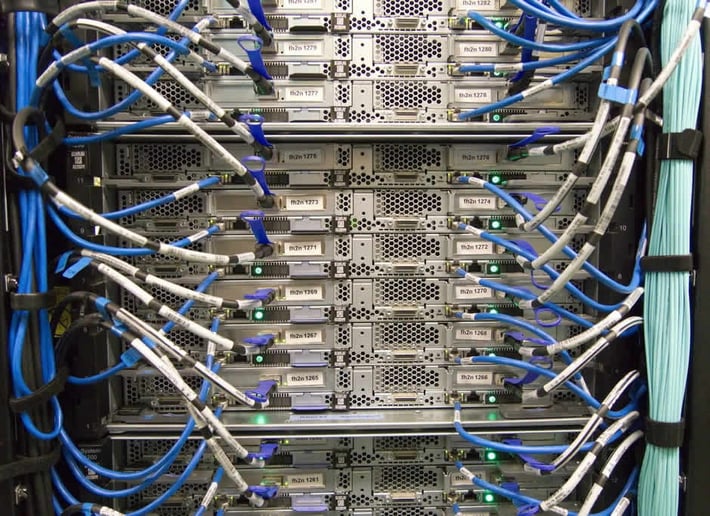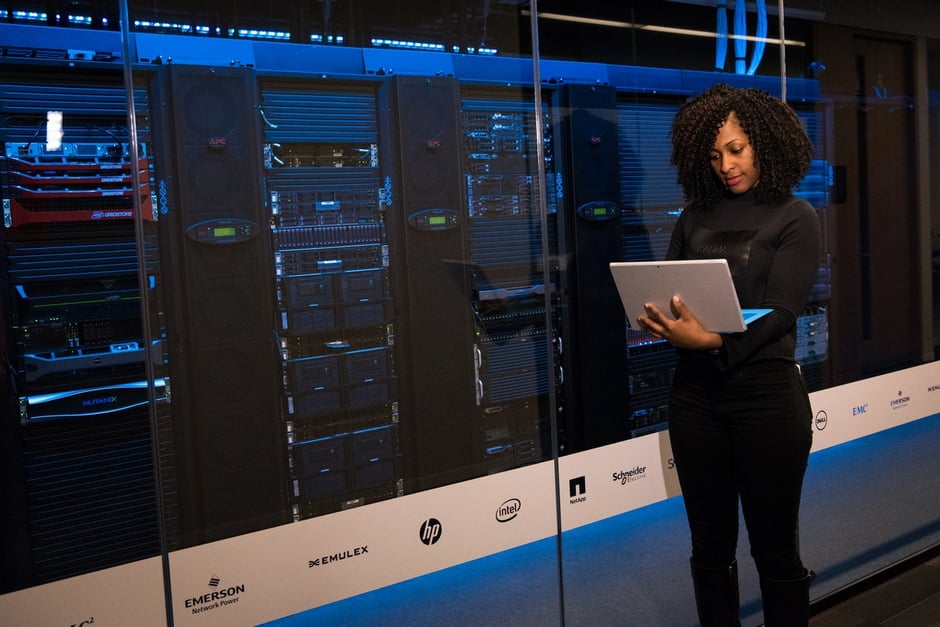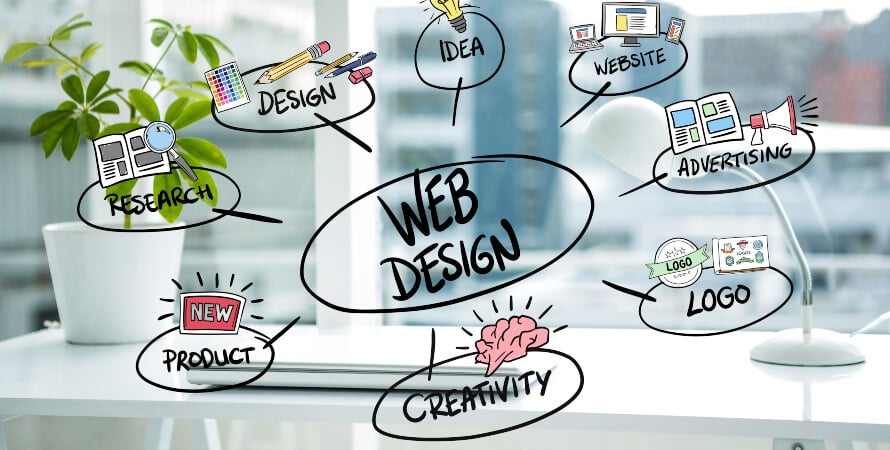
Technology has become a significant part of our lives, so much so that it has almost become a basic need. Living without it would mean the exclusion of phones, computers and essential gadgets like Alexa that have overhauled the communications scene. Like numerous modern-day advancements that have undergone massive transformations, technology has also seen its share of evolutions spanning well over 50 years. Below, we look at these evolutions in technology and how modern-day applications have transformed the workplace.
Digital Evolutions in Technology
The Mainframe Era

The mainframe era came into existence in 1959, shortly after the introduction of the IBM 1401, mainframe computers began making appearances in their commercial world. These were the first-ever powerful computers in use whose functions included time sharing, virtual memory and multi-tasking. The mainframes would later support remote terminals that were centralized and controlled by system operators. The end of the mainframe era saw a rise of a new generation of minicomputers, which changed the dynamics, allowing for decentralized usage.
Client-Server Era

The client-server era followed in 1983, introducing a period of desktop and laptop computers known as clients. These clients acted as the point of entry for users. They were networked to server computers that provided them with services such as processing and storing data and managing network activities.
Enterprise Computing Era

From 1992, trusted network connections emerged, with technology Transmission Control Protocol/Internet Protocol (TCP/IP) paving the way for World Wide Web (www). Also referred to as the web-based era, users could link devices and local area networks into single enterprise networks. Due to this, data could be gathered and distributed faster, allowing people to connect better.
Cloud Computing Era

The age of cloud computing is one of the recent digital transformations that helped transform the computing world into an era of shared resources in applications, storage, and services over the internet. Beginning in 2000, internet users could access their computing needs from any device or location with ease.
Real-Time (Event-Driven Architecture) Era

Lastly is the real-time digital era, which is still developing, with current evolutions firmly headed into a more pervasive period. This means the increase of more real-time applications, with processers in almost every object. On-demand cloud computing is already the norm for everyday operations, with AI and ML pushing for industry 4.0 that emphasizes automation of industrial practices. This new phase will make it possible for applications to gather and analyse data faster and more efficiently. Ultimately, industries should expect advanced digital technology to change relationships between the human workforce and machines. There will be a likely increase of skilled workers, with more reliance on the technological advancements as time goes by.
Trends expected in this event-driven era rely solely on interconnectivity and include autonomous robots, big data and analytics, enhanced cybersecurity and augmented reality. Additionally, there will be an increase in the internet of things (IoT), cloud-based functions and simulations at the workplace. These events driven applications will come in handy in helping companies increase productivity at their sales point and manufacturing stages, resulting in improved efficiency and growth.
How Real-Time Applications Are Transforming How We Work Today

Some of the above mentioned real-time applications are currently in use by a majority of companies today, with their applications achieving transformations in the following ways.
1) Remote Working
With technological advances ranging from collaborative software to mobile and cloud-based tools, flexibility and remote working is now feasible for employees. With such tools, remote jobs have never been easy, allowing your employees to decide when, how, and where to work from. Such flexibility means more motivation for employees and has helped companies improve their productivity levels.
2) Enhanced Security Features
As technology advances, so does the security risk. Working in a fast-paced era of networks means businesses are likely to get cyber attacks anytime. But with real-time applications that rely on AI solutions, business networks are more secure. Workplace culture now includes increased safeguards that pay attention to hardware and software data encryption. Some of these safeguards include fingerprint and facial recognition features, elements that have placed innovative technology at the forefront of every organization.
3) Increased Collaboration
Better interaction is another highly valued element of modern-day work, where collaborative teams have sprung up due to the numerous applications available today. Gone are the days of face to face meetings. Video conferencing tools such as Zoom are now the go-to for virtual conferences and team follow-ups. Other technological applications such as Slack allow your workforce to enjoy the benefits of file sharing and communication management. This means your team can chip in from anywhere, cutting downtime for physical sit-downs. The result is increased engagement and improved efficiency that allows you to accomplish your company goals.
4) Cost Management and Reduction
Advancements in technology have also fuelled innovations that allow companies to cut down costs. Software that eliminates manual tasks means you get to cut down on repetitive tasks, whether it is accounting operations or record keeping. With such tools, you can cut down on staff numbers that perform these tasks, allowing you to enjoy higher profit margins by reducing your operational expenses.
5) Automation and Efficiency
Lastly is automation which is gaining tract in major industries, with applications such as Project Management Software coming in to provide delegation, reviewing and, risk assessment for businesses. Such tools have made it possible for companies to become more accountable in their work, with time assisted applications also ensuring you stick to stipulated time delivery for your tasks. Automation in applications also comes with efficiency and time savings, allowing you to focus on other crucial matters. You get more work done while also benefiting from quality work due to automated tasks.
The above listed digital transformations have paved the way for current tech-inspired innovations making the modern world more connected, secure and ever-evolving. Organizations have changed their modes of operation, adopting efficient and safe platforms to allow them to experience increased working capacity. And this is only the beginning. If you are looking for ways to transform your business, give us a call today to learn how to reshape your space.





